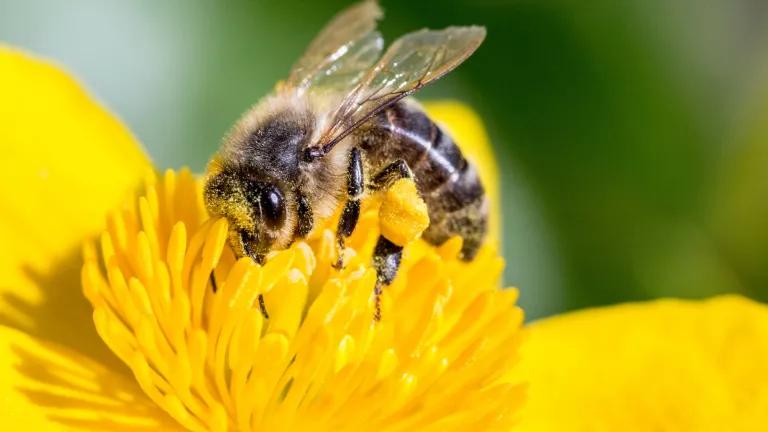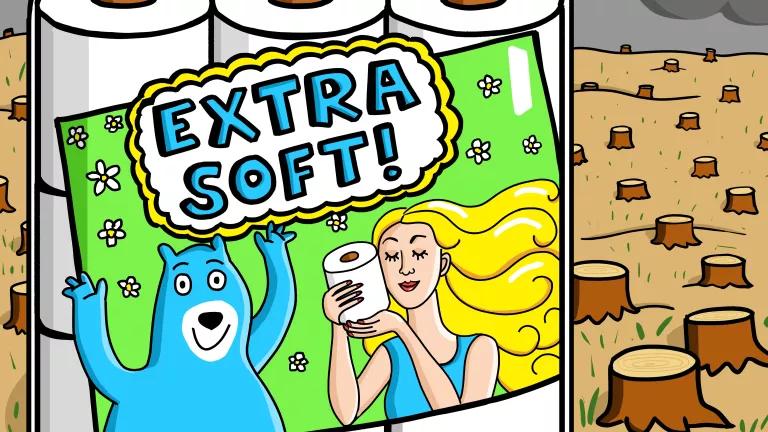Fixing EPA's Pesticide Approval Process: Part 1

EPA Must Weigh the True Costs of Pesticide Use Against Any Benefits
Pesticides cause harm by design, and rampant pesticide use in the United States threatens human health, biodiversity, and soil and water quality. The health risks disproportionately burden people of color. Thus, establishing sensible pesticide safeguards is consistent with two stated priorities for the Biden-Harris Administration: restoring science and evidence-based policymaking, and limiting exposure to dangerous pesticides, particularly for low-income and disproportionately burdened communities.
Compared to many present challenges, this one has a relatively simple fix that doesn’t require legislation or huge appropriations: reform the process by which EPA currently rubber-stamps continued, widespread use of dangerous pesticides. This blog is the first in a series on how to do that, starting with how EPA weighs the costs and benefits of pesticide use.
Federal law requires EPA to consider the environmental, economic, and social costs and benefits of a pesticide before approving its use. Unfortunately, EPA generally treats this requirement as a box-ticking exercise, stacking the deck in favor of approval. The agency repeatedly overstates a pesticide’s benefits to farmers, but ignores or discounts the harms or costs to people and the environment. These harms might include increased cancer risk and other health effects, harm to bees and other pollinators , and water contamination, to name a few. Just as often, EPA simply fails to conduct the required cost/benefit balancing at all.
To make EPA's pesticide safety reviews more meaningful—and to protect people and ecosystems from harm—EPA must fix its approach in three important ways:
Consider all harms of pesticide use.
EPA acknowledges that many pesticides may cause serious harm but fails to account for those harms in its analysis. Take, for example, the pesticide glyphosate. Commonly sold under the trade name Roundup, glyphosate is the most heavily-used weed-killer in the country, applied to hundreds of millions of acres every year. Widespread and indiscriminate glyphosate use has caused the proliferation of glyphosate-resistant superweeds that impose massive economic costs on farmers, with harmful environmental consequences too.
Yet, in re-approving glyphosate for continued use, EPA ignored these costs. It shrugged off the weed resistance epidemic in its analysis, all but declaring it to be inevitable. This basic problem—writing off a documented cost of pesticide use—recurs repeatedly in EPA’s reviews. EPA can’t meaningfully balance costs and benefits if it ignores major costs of pesticide use.
Stop equating widespread use with significant benefit.
EPA frequently assumes without evidence that pesticides provide economic benefits, particularly if a pesticide is heavily used. In fact, EPA often equates usage with benefit: the more heavily a pesticide is used, the more economically beneficial and necessary EPA assumes it to be. The agency then cites this purported benefit to tolerate devastating environmental costs.

EPA followed this flawed logic when proposing to re-approve a major class of bee-killing insecticides called neonicotinoids, or "neonics." Neonics are frequently used as a seed coating on crops like corn and soybeans before they’re planted. As the crop plant grows, it absorbs the neonics through its roots, making the plant toxic to insects. Most of the pesticide, however, doesn’t make it into the plant—more than 90% of the neonics applied stay in the soil, where they spread and pollute rivers and streams.
Adding insult to injury, these treatments provide little to no benefit to farmers. In fact, EPA found that neonic soybean seed treatments “provide negligible overall benefits to soybean production in most situations.” And for corn, recent research found “no statistical differences” in important crop performance measures between treated and untreated seed. But in proposing to keep neonics on the market, EPA ignored these conclusions, instead relying chiefly on the faulty assumption that because neonics are heavily used, they must be beneficial. Consequently, EPA hasn’t restricted neonic-treated seeds at all.
Perversely, EPA’s assumption means that EPA will continue to approve the most ubiquitously used pesticides regardless of their impacts—precisely because those pesticide products are heavily used.

Provide a transparent and science-based comparison of pesticides’ costs and benefits.
Even the most thorough analysis of the costs and benefits of a pesticide is practically meaningless without a rational comparison of the two. Currently, however, EPA’s comparison of costs and benefits often amounts to a single sentence.
For example, in re-approving glyphosate last year, EPA simply announced: “The EPA concludes that the benefits outweigh the potential ecological risks when glyphosate is used according to label directions.” EPA made no attempt to explain why the purported benefits outweigh these environmental costs, even after acknowledging the pesticide posed risks to entire biological classes of wildlife—including “mammals and birds”—and some endangered species.
With each pesticide approval decision, EPA should provide a thorough, transparent, and cogent explanation of why and how the benefits justify the harms.
Making these simple reforms to EPA’s cost-benefit analyses will restore some balance to the pesticide approval process, as Congress intended. These changes will help protect farmworkers and families from cancer-causing chemicals, lessen widespread contamination of food and drinking water, and help slow or reverse mass insect losses—sometimes dubbed the “second Silent Spring”—linked to excessive pesticide use.
The shortcomings in EPA’s pesticide reviews don’t stop there. Read the next blog in our series to see how EPA fails to prevent the worst harms of pesticide use.


